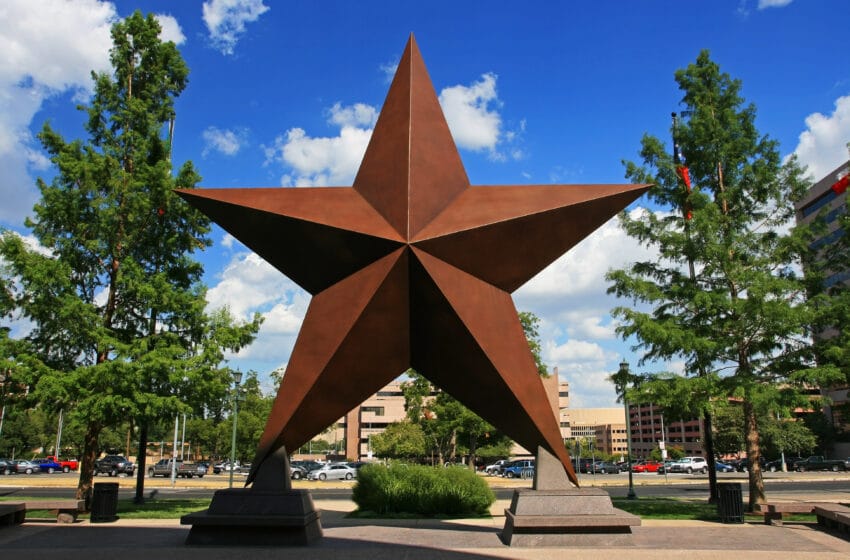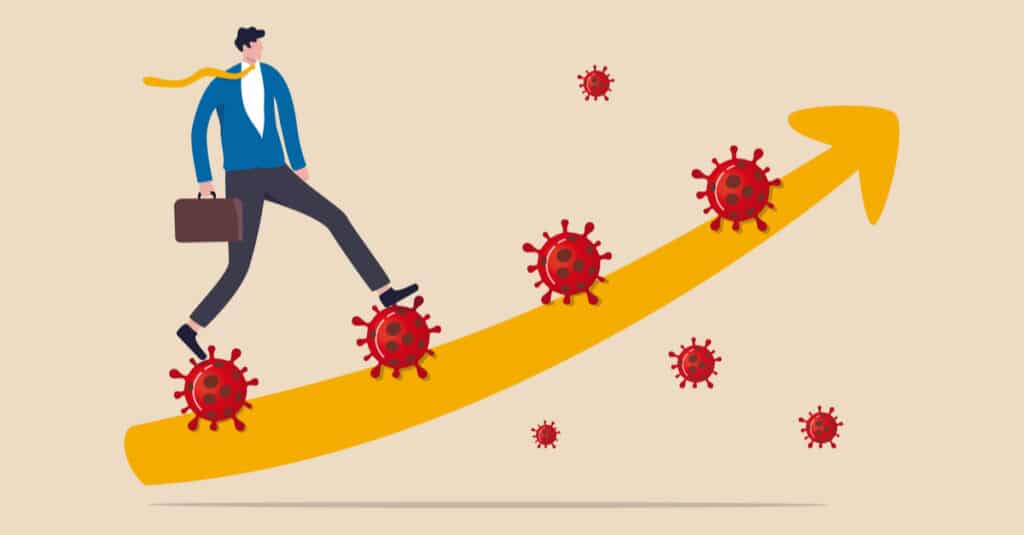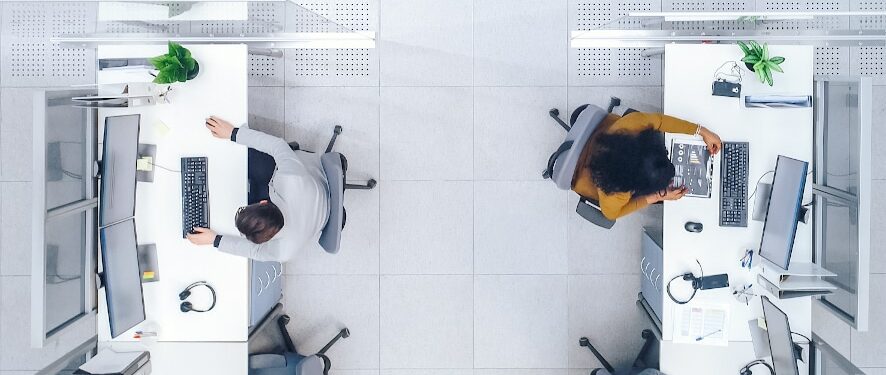What Will a Post-Pandemic Austin Look Like?

Texas’ capital is well on its way back. But we should take note of the positives and negatives laid bare by the pandemic.
Following a prolonged, pandemic-induced pause, Austin is on its way somewhere. Could the city be back in a significant way? That’s possible—and for most of us, it can’t happen fast enough. Arms have been jabbed with vaccines, most mask requirements have been lifted, flight traffic at Austin-Bergstrom International has picked up, and festivals are scheduled to reignite the city’s recent glory as a music lover’s destination—i.e., the “Live Music Capital of the World.”
However, taking an honest temperature of Austin means cogently visualizing both the positives and negatives laid bare during the worst of the pandemic. Yes, Austin is on its way back; but it’s how we politicians, leaders, and constituents collectively choose to steer its direction going forward that will make the difference.
The positives aren’t hard to recognize. Returning events are one: Austin City Limits Music Festival comes back this October. The ATX Television Festival already had a successful run earlier this month. The Austin Food + Wine Festival is also slated to take place in November. As far as sports, aside from ever-present University of Texas football, upstart Major League Soccer side Austin FC is now playing its matches at the brand-new Q2 Stadium. Formula 1 at the Circuit of Americas is already sold out.
More events mean more airport traffic. The Transportation Security Administration (TSA) told Austin American-Statesman recently that 5,000 passengers were considered a significant load during early morning, pre-pandemic surges at Austin-Bergstrom. But an early June morning’s preliminary numbers showed 7,500 travelers, suggesting airport numbers are well past rebounding. So, even with a reported lack of planes and airport employees, plus a sharp uptick in pricing, we should expect Bergstrom to remain active and full. Add in the recently added nonstops to Aspen, Las Vegas, Nashville, New Orleans, Orlando, as well as Nassau, the Bahamas, San Juan, Puerto Rico, and you get the picture.
The venue situation is a bit more intriguing because many of Austin’s notable locations, already working with slim margins, closed during the height of the pandemic. Barracuda, Plush, and the North Door were casualties; however, many name-brand venues have recently come alive. The Red River Cultural District has awakened, though June’s mass shooting, which claimed the life of a visitor, will change this development for the foreseeable future. Empire began utilizing its outdoor garage space last fall. The Mohawk returned to limited outdoor activity in May. And Stubb’s went full bore during a sold-out, five-night run with Grammy-nominated Austin band Black Pumas in its outdoor amphitheater. Retail and restaurant culture will undoubtedly continue growing and expanding in all directions. As a topper, Austin’s parks and other urban outdoor spaces are also getting facelifts, including Pease Park and Waterloo Park.
However, Austin isn’t without its issues. One of them revolves around long-manifesting affordability problems, mainly concerning housing. Austin’s booming real estate market is a double-edged sword. Sure, homes are selling for tens of thousands of dollars over market value and will produce millions of additional tax dollars in the aggregate.
The positives for growing cities like Austin (and equally ascendant surrounding area) are numerous; however, the accompanying hyper-gentrification, displacement, and high mobility put undue stress onto middle-class and poor communities. According to a recent news report, “homes in an area that were once worth less than $200,000 are now worth more than $650,000.” The resultant rapidly increasing tax bills for this formerly modestly priced housing create even more movement, mainly of Black and brown families out of homes often their grandparents worked hard to attain. All in all, it’s a collection of problems proving challenging to address with consistent solutions.
The homelessness dilemma in Austin, which specific segments of Austin deemed visually unappealing, recently led to laws essentially prohibiting homelessness as a state of being without a particular fix in sight. The implementation of a diverse, equitable, and affordable housing policy—adding more housing supply and density through a much-needed land code rewrite—is past due. Fortunately, Mayor Steve Adler, the city council, and numerous government and nonprofit organizations are working toward resolutions. A city initiative called the Downtown Density Bonus Program will allow developers to exceed the current height and density requirements on downtown buildings. Developers would be compelled to offer affordable housing on location or pay a fee earmarked for the City of Austin’s Affordable Housing Fund.
The necessity for more comprehensive public transportation remains an urgent matter, especially with the population increase and the lack of supporting infrastructure. Another implicit obstacle recently studied with consideration is the end of what New York Times writer Kevin Roose called the “Millennial Lifestyle Subsidy”—i.e., artificially lowered prices on Silicon Valley services like ridesharing, food delivery, and vacation rentals. This phenomenon had previously enabled residents and visitors to Austin to take inexpensive Uber or Lyft rides, for example, through early 2020. Any resident getting back out has noticed, anecdotally, that rideshare pricing in 2021 will take the wind out of some sails looking for a cheap ride downtown or to South Congress.
The preceding being stated, Austin remains a city of gnarled contradiction, vast opportunity, and still-untapped greatness. Austin is still a city where all things are possible, but what is possible, and for whom, will continue to be the question. However, 150 people of all colors, backgrounds, and classes are arriving every single day for a reason, perhaps several reasons at the same time.
It’s all here, and there’s room for all of us, if we do this thing right.





AUSTIN: An Economic Rocket Ship
June 23, 2021